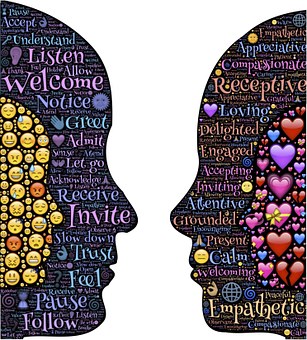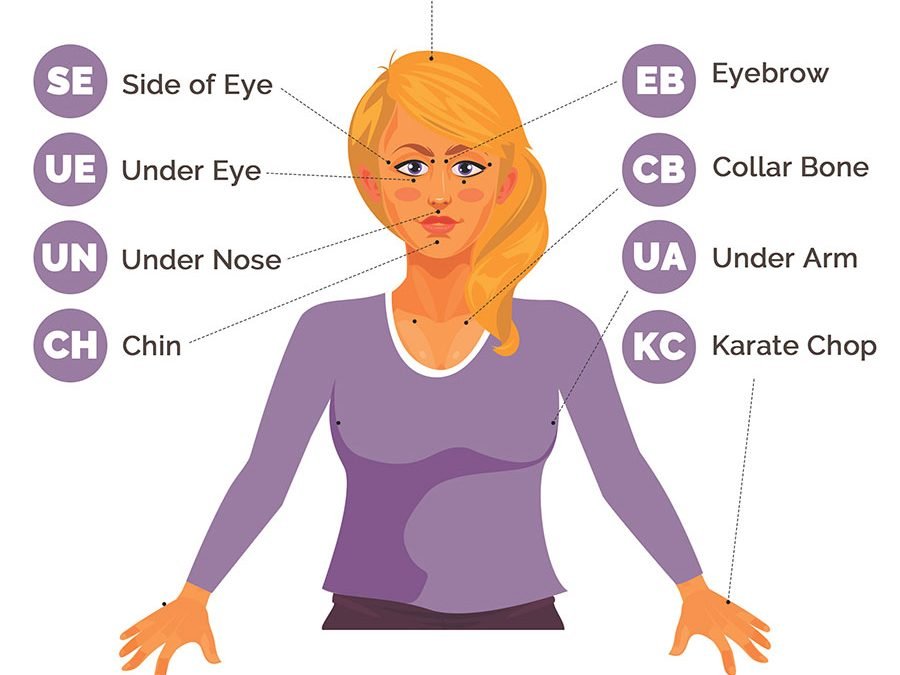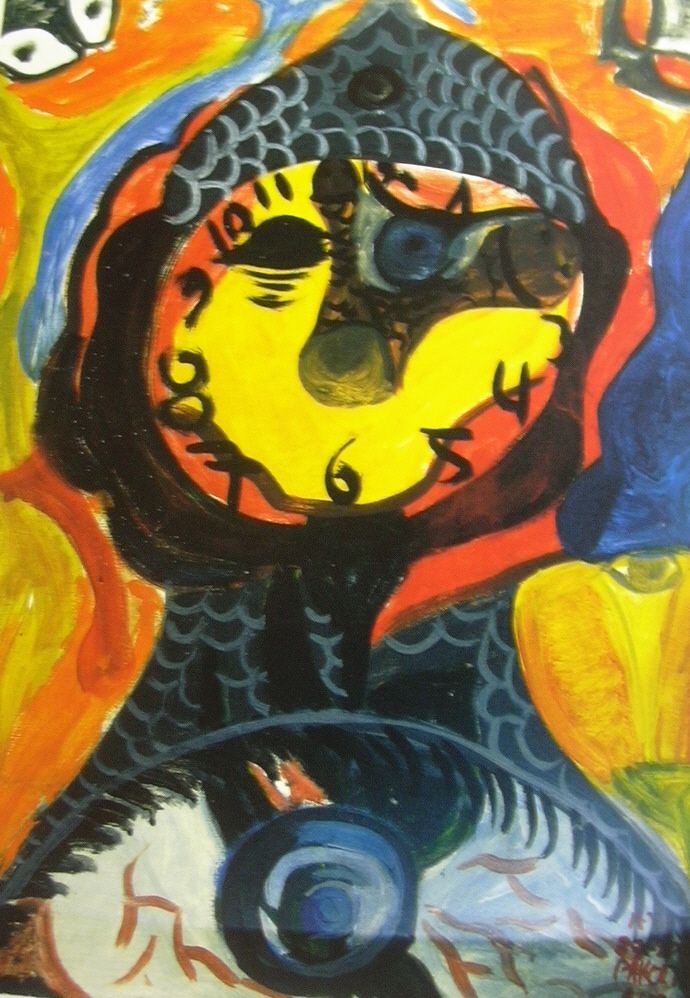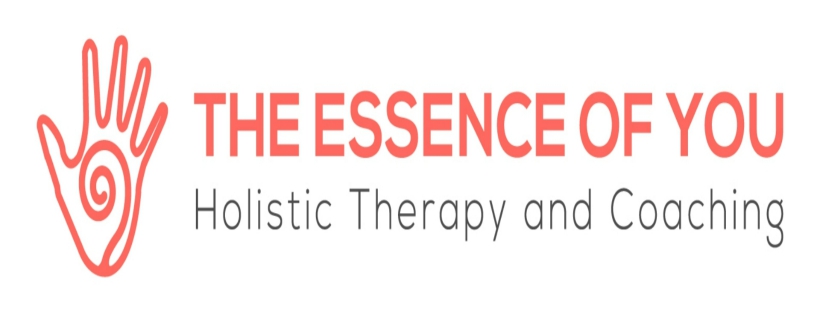Counselling:
- A therapeutic modality that provides a client with a confidential, safe and supportive environment where they can tell their story, work through their emotions, and make positive changes to their life.
- The role of the counsellor is facilitate the client’s self-development by providing the client with an opportunity to gain a better understanding of who they are, where they want to be, and how to get there.
- The counsellor supports the client to achieve their goals and gain greater insight into their lives. Furthermore, effective counsellors assist clients to build skills that they can use to solve other difficulties in their lives.
- Clinical hypnotherapy is a solution focused therapy that allows the client to focus on what they want to achieve, rather than focus on the issue.
- Hypnotherapy uses guided relaxation, intense concentration, and focused attention to achieve a heightened state of awareness that is sometimes called a trance.
- This trance-like state is similar to being completely absorbed in a book, movie, music, or even one's own thoughts or meditations.
- In this state, clients can turn their attention completely inward to find and utilize the natural resources deep within themselves that can help them make changes or regain control in certain areas of their life.
- Hypnotherapy can be used to treat issues such as anxiety, depression, phobias, substance abuse including tobacco and alcohol, sexual dysfunction, undesirable spontaneous behaviors, and bad habits.
- It can also be used to help improve sleep, learning disorders, communication, and relationship issues and more...
- Utilising self-help tools for your continued use, hypnotherapy speaks directly to the subconscious mind to help you achieve your life goals and leave those old habits or issues in the past.
Emotional Freedom Technique (EFT)/Thought Field Therapy (TFT):
- Treatments for the reduction of distress, anxiety and trauma, although EFT is perhaps a little better known and used more widely.
- Both TFT and EFT is administered through specialized "tapping" with the fingers at meridian points on the upper body and hands. These modalities apply the ancient Chinese philosophy of chi, which is thought to be the 'life force' that flows throughout the body".
- TFT was the original technique, developed by Roger Callahan Ph.D in 1981. EFT was developed in the 1990s by one of his students, Gary Craig, to simplify the process. Gary also brought his training in Neuro-Linguistic Programming (NLP) to the table, introducing “healing scripts” that could be incorporated while tapping on the points.
- Involves the use of creative techniques such as visual art-making, sculpting, drama, dance, voice and movement to help people express themselves artistically and examine the psychological and emotional undertones in their art.
- Art therapy can be helpful for people who cannot verbalise their feelings due to developmental, cognitive or other conditions. With the guidance of a competent art therapist, clients can "decode" the nonverbal messages, symbols, and metaphors often found in these art forms, which should lead to a better understanding of their feelings and behavior so they can move on to resolve deeper issues.
- No artistic talent is necessary for art therapy to succeed, because the therapeutic process is not about the artistic value of the work, but rather about finding associations between the creative choices made and a client's inner life. The artwork can be used as a springboard for reawakening memories and telling stories that may reveal messages and beliefs from the unconscious mind.
- Art therapy is founded on the belief that self-expression through artistic creation has therapeutic value for those who are healing or seeking deeper understanding of themselves and their personalities.




